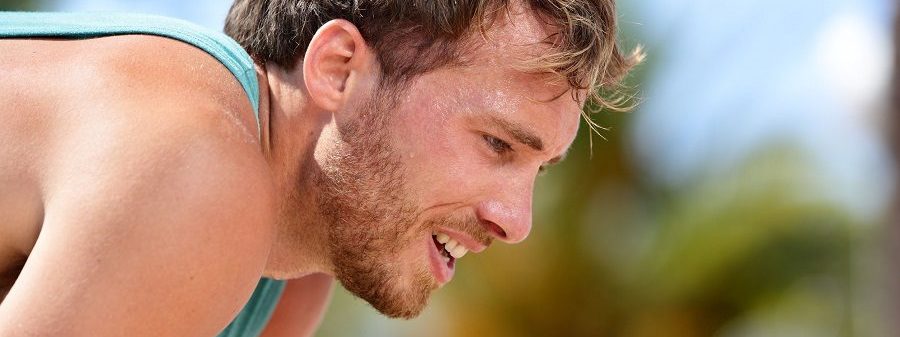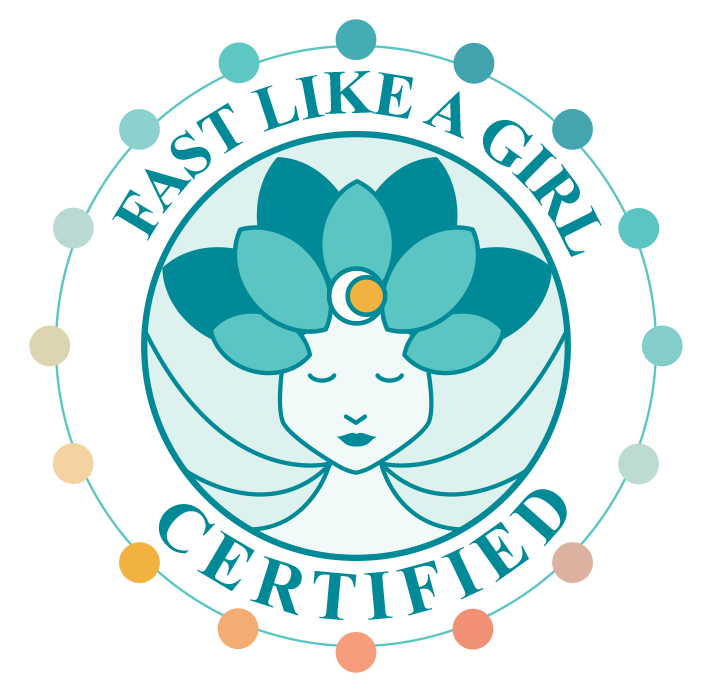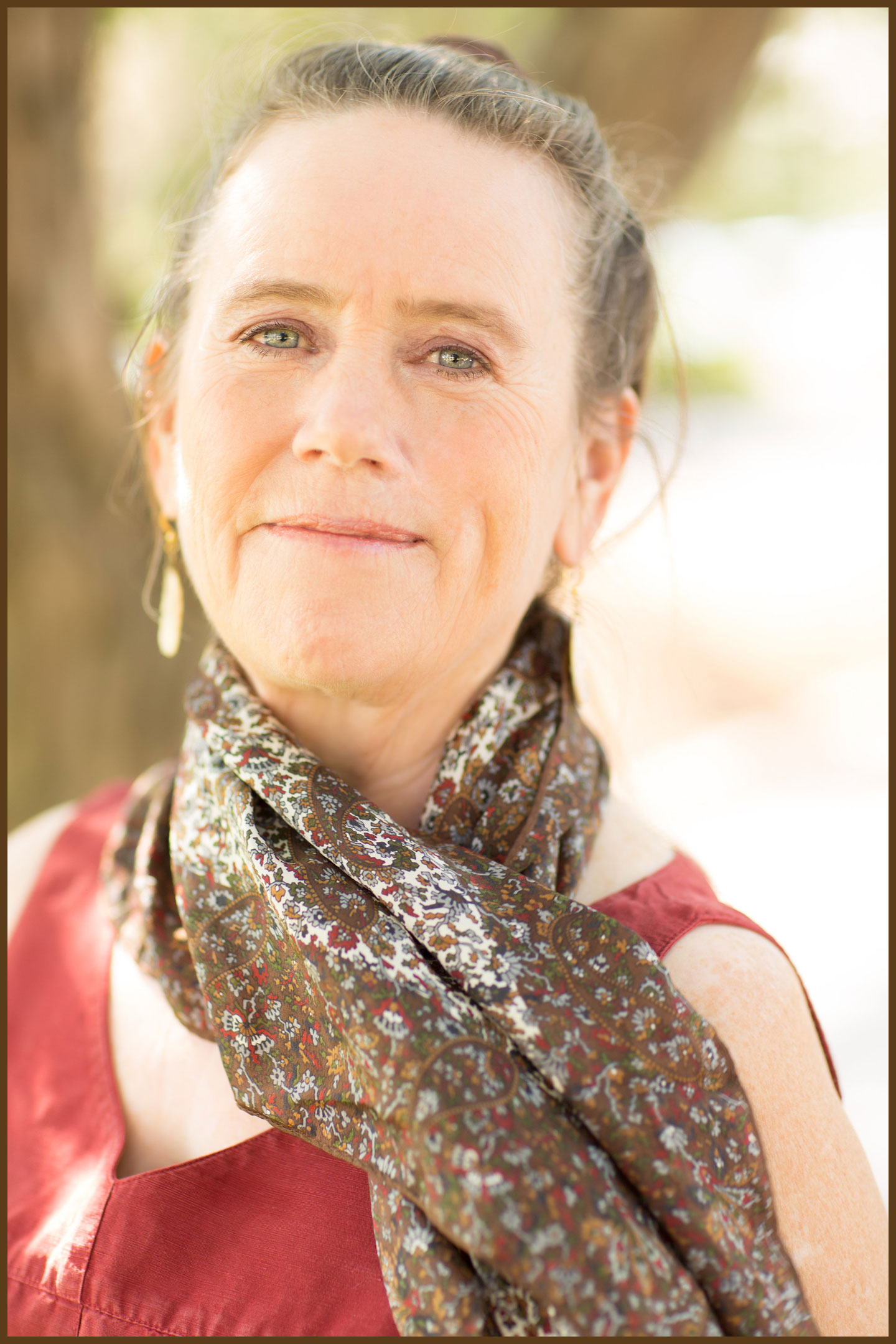Getting Back to Nature’s Way:
The Role of Over-breathing in Chronic Disease
as published in NDNR, October 2, 2020
Indulge me, and consciously take a breath.
You were breathing anyway, right?
As you breathe in, feel the air passing into your lungs and notice how much space is being filled. Imagine the oxygen from the air entering your bloodstream and being carried to every cell of your body. As you breathe out, imagine the waste products from those cells being exhaled and removed from the body.
What was your conscious breath like?
What is your breathing usually like, day or night, at exercise or at rest?
Not Just a Pulmonary Issue
Up to 80% of the US population is breathing improperly, according to Steven Y. Park, MD.1
Researchers found that up to 55% of Brazilian children habitually breathe through the mouth2 – a habit that can persist into adulthood.
Forty-five percent of us snore on occasion, according to the Columbia University Department of Neurology.3
And the incidence of sleep apnea is rising, prevalent in 25% of the population, says the American Academy of Sleep Medicine.4
Consider that the amount of air we inhale and exhale is much more than we eat or drink – about 30 pounds of air each day. What is happening to our breathing and our health as a consequence? With stress altering breathing patterns, we just may need to get back to Nature and breathe as we were designed to breathe in order to be healthy.
Breathing is not just a pulmonary issue. Chronic over-breathing can affect any organ or system to different degrees, with symptoms as wide-ranging as nightmares, phobias, tachycardia, vertigo, muscle cramps, dry mouth, and heartburn.5 This can present a challenge when trying to accurately diagnose a presenting symptom. When a patient presents with symptoms common to a particular bodily system, do you ever suspect it could be the result of a breathing problem?
Chronic over-breathing can present as a variety of symptoms in different systems. Examples include5:
- Cardiovascular: racing heartbeat, palpitations, pain in the chest region, cold hands and feet, Raynaud’s disease
- Neurological: vertigo, headache, dizziness, faint feelings, paraesthesiae
- Respiratory: regular sighing, yawning, shortness of breath, air hunger, frequent cough, tightness in the chest, inability to take a deep breath, sniffing, allergies
- Muscular: cramps, muscle pains, stiffness
- Psychiatric: tension, phobias, anxiety, panic, agoraphobia
- Gastrointestinal: difficulty in swallowing, dry mouth and throat, acid regurgitation, globus, heartburn flatulence, belching, air swallowing, abdominal discomfort
- General: weakness, exhaustion, impaired memory, poor concentration, disturbed sleep, nightmares, sweating
One Man’s Discovery
“How we breathe is as important as how much we exercise and what foods we eat,” says James Nestor, author of Breath: The New Science of a Lost Art.6 He researched the science and culture of breathing for that book after a doctor recommended a breathing class for his chronic asthma and other respiratory ailments.
As part of his research, Nestor participated in a study for 10 days in which his nose was plugged and he could only breathe through his mouth. He reported that he felt awful, as his nerves felt frayed and his stress levels were off the charts. He went from snoring only a few minutes to 4 hours per night, and he developed sleep apnea.
He was able to reverse all of it when he finished the study. Nestor provides us a vivid picture of the extent of suffering we can relieve by simply helping people to re-learn to breathe through their noses! As he adopted recommended breathing practices and learned to stop over-breathing, his health and life dramatically changed for the better.6
Patrick McKeown of The Butekyo Clinic looks for signs of over-breathing in
- mouth breathers,
- audible breaths at rest,
- regular sighing,
- sniffing,
- or any irregular breathing,
- holding the breath,
- taking large breaths prior to talking,
- big yawning,
- upper chest movement (including movement of shoulders while breathing),
- effortful breathing, and
- heavy breathing at night.7
So, what exactly happens when we over-breathe?
Breath Physiology
When taking vital signs, we look for a normal respiratory rate of 12 to 16 breaths per minute.
However, over-breathing is not only defined by faster breathing, although that may be part of it. We can measure the volume of air in each breath, and the size of the breath is important too.
Normal breath volume is 6 liters of air per minute. It turns out that many patients – and not just patients during an asthma or panic attack, who may breathe 20 liters a minute – exceed the normal volume and over-breathe on a chronic basis. The consequence of over-breathing is any the symptoms listed above, which can damage organs, reduce the quality of life, and shorten it.7
How that happens hinges on the role of carbon dioxide (CO2) in our physiology. We know that CO2 is a waste product of metabolism; however, it also functions to regulate many systems. When we over-breathe, too much CO2 is released from our lungs. This results in a lower concentration of CO2 in the blood, tissues, and cells, which in turn affects oxygen (O2) uptake.
Release of O2 is regulated by the amount of CO2 in the lungs; this is known as the Bohr Effect. To repeat this important point, no matter how much O2 we inhale, it is still the concentration of CO2 that determines how much is delivered. When CO2 is low, very little O2 is released from hemoglobin; when CO2 is high, a lot is released and is available for cellular use. Although it may sound counter-intuitive, to increase oxygenation you need to increase CO2 in the lungs. And to do that, you need to breathe less.7
Carbon dioxide relaxes the smooth muscles that surround airways, arteries, and capillaries. Without it, blood vessels constrict and hemoglobin binds tightly to oxygen, resulting in lower delivery of it. The effect of this on the brain is both constriction of the carotid artery supplying the brain and lower delivery of O2, causing double trouble in the brain. Witness when panicked people get worse (even more panicked) as a result of their rapid breathing; this is because they are only getting 50% of their usual O2.7
In addition, over-breathing causes airway walls to collapse. Most patients’ problems are not that airways are too small; it is that breathing volume is too great from over-breathing. When the airway walls collapse, it is difficult to breathe through the nose, resulting in mouth breathing. Also, when lower airways walls collapse, heavy chest breathing may occur in an attempt to draw in more air. However, this only makes things worse, as expelling more air results in a loss of the regulating CO2.7
Butekyo Breathing
We naturopathic physicians draw on many traditions that tend to include breathing practices. They provide different patterns for different purposes.
Breathing less in order to deliver more oxygen to the tissues is one aim of Butekyo breathing exercises. For the purpose of stopping over-breathing, Butekyo breathing teaches people to breathe only through the nose in small volumes, which results in more O2 delivery and opening the airways.
Butekyo also teaches a way to clear the nose by holding the breath. This may work through the mechanism of nitric oxide, and must be repeated regularly for a long-lasting effect. To create this habit of nose breathing, lightly taping the lips closed at night is recommended in some cases. In addition, there are practices to be done during exercise, which help reverse chronic over-breathing.8 Qualified breathing practitioners can be used to get patients back to breathing properly in order to oxygenate their bodies.
I know it is easy to be skeptical that something so basic, over which we have control, may have such an incredible impact on our health. I am not an expert in Butekyo breathing, but I know that getting back to Nature, especially through belly breathing and breathing through our noses can be powerful healing.
Basics such as breathing, sunlight exposure, touching the Earth, and drinking water as found in Nature, can all have a profound effect on the health of our patients. We often need to intervene much less once we reconnect patients to Nature, starting with breathing naturally. Once we reconnect on a regular basis, and make it a natural part of our lifestyle, vitality is a natural outcome. I will be giving a webinar on the subject for AANP in October 2020.9

With an understanding of human physiology and the research presented here, it is easy to see that the least we can do is to stop wasting CO2 by closing our mouths and breathing through our noses. In the words of K.P. Buteyko, the Russian doctor who developed the breathing exercises that helped many asthma patients,
“Breathe through your mouth as often you eat through your nose.” – K.P. Buteyko
References:
- Park S. Sleep, Interrupted: A Physician Reveals the #1 Reason Why So Many of Us Are Sick and Tired. New York, NY: Jodev Press; 2008: 26.
- Abreu RR, Rocha RL, Lamounier JA, Guerra AF. Prevalence of mouth breathing among children. J Pediatr (Rio J). 2008;84(5):467-470.
- Columbia University Department of Neurology. Snoring. 2015. Available at: https://www.columbianeurology.org/neurology/staywell/document.php?id=42066. Accessed July 27, 2020.
- American Academy of Sleep Medicine. Rising Prevalence of Sleep Apnea in U.S. Threatens Public Health. September 29, 2014. AASM Web site. https://aasm.org/rising-prevalence-of-sleep-apnea-in-u-s-threatens-public-health/. Accessed July 27, 2020.
- McKeown P. About Butekyo Breathing. Butekyo Clinic International DVD. Available at: http://buteykodvd.com/about-buteyko-breathing/. Accessed July 27, 2020.
- Nestor J. Breath: The New Science of a Lost Art. New York, NY: Riverhead Books; 2020.
- Buteyko Clinic. The Facts About Overbreathing. March 25, 2014. Available at: https://buteykoclinic.com/the-facts-about-overbreathing/. Accessed July 27, 2020.
- McKeown P. Close Your Mouth: Butekyo Breathing Clinic Self Help Manual. County Galway, Ireland: Butekyo Books; 2004.
- American Association of Naturopathic Physicians. Naturopathic Community Calendar. AANP Web site. https://naturopathic.org/events/event_list.asp. Accessed July 27, 2020.





